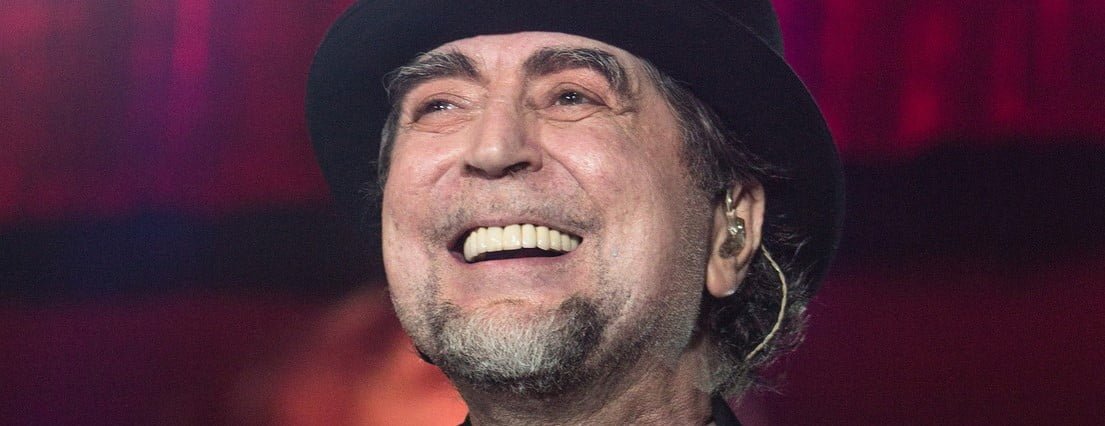Joaquín Ramón Martínez Sabina, born on February 12, 1949, in Úbeda, Jaén, Spain, is a multifaceted artist celebrated as a composer, singer, poet, and painter. Renowned as Joaquín Sabina, his life’s narrative weaves through music, love, and resilience, leaving an indelible mark on the world of urban folk-rock.
Joaquín Sabina’s Early Years and Musical Genesis:
Raised in a devout Catholic family, Sabina’s artistic inclination manifested early on. His foray into the world of music began with the formation of the band “Merry Youngs,” where he delved into the works of rock icons like Elvis Presley, Chuck Berry, and Little Richard. Amidst youthful adventures and a tumultuous romance with his muse Chispa, Sabina’s poetic prowess flourished.
Musical Odyssey:
Armed with his first guitar, Sabina embarked on a journey that led him to Granada, where he worked as a composer and director for a theater group. In 1976, a brief stint in England preceded his return to Spain, settling in Madrid. Here, he found kinship with fellow musicians at La Mandrágora, a bohemian haven, and signed with Movieplay, releasing his debut album “Inventario” in 1978.
Hits and Controversies:
Sabina’s musical trajectory soared with hits like “Pongamos que hablo de Madrid” and “Calle Melancolía” from the 1980 album “Malas Compañías.” A notable controversy arose during the release of “Joaquín Sabina y Viceversa” in 1985, where a song had to be censored due to political references. Undeterred, Sabina continued to produce acclaimed albums like “Hotel, dulce hotel” (1987) and “El hombre del traje gris” (1988).
International Acclaim:
Sabina’s influence extended beyond Spain, capturing the hearts of audiences globally. Notable works like “19 días y 500 noches” solidified his position as a musical force. Awards, including the Ondas and the Spanish Music Awards, underscored his impact on the industry.
Challenges and Resilience:
A cerebral ischemia interrupted Sabina’s journey temporarily, but his return with “Dímelo en la calle” (2002) and the book “Con buena letra” (2002) showcased his resilience. Despite health challenges, he continued to captivate audiences with albums like “Alivio de luto” (2005-2006) and embarked on the “Carretera y top manta” tour.
Legacy and Recent Years:
In 2011, Sabina embarked on the “El penúltimo tren” tour, marking a triumphant return to the stage. A setback due to acute diverticulitis underscored the fragility of life, but Sabina’s spirit prevailed. His contributions to literature, such as “Ciento volando de catorce,” further solidify his artistic legacy.
Conclusion:
Joaquín Sabina’s journey transcends music; it is a tapestry of passion, resilience, and creative exploration. As we reflect on his illustrious career, we celebrate the indomitable spirit of an artist who continues to enchant audiences, leaving an enduring imprint on the landscape of Spanish music.
FAQ:
What are some of Joaquín Sabina’s most famous songs?
Some of Sabina’s iconic songs include “Pongamos que hablo de Madrid,” “Calle Melancolía,” “19 días y 500 noches,” and “Nos sobran los motivos.”
What awards has Joaquín Sabina received for his music?
Sabina has received the Ondas award for best Spanish artist, the Spanish Music Award for best pop rock author, among others, recognizing his significant contributions to the music industry.
How did Joaquín Sabina cope with health challenges during his career?
Sabina faced a cerebral ischemia that temporarily kept him offstage. Despite this setback, he made a triumphant return, showcasing resilience in subsequent albums and tours.






Leave a Reply